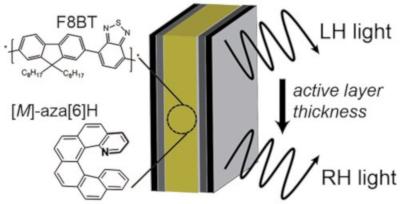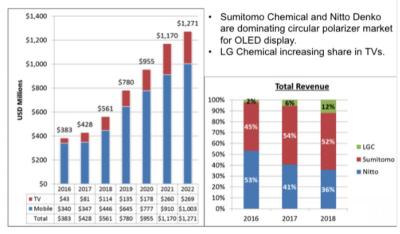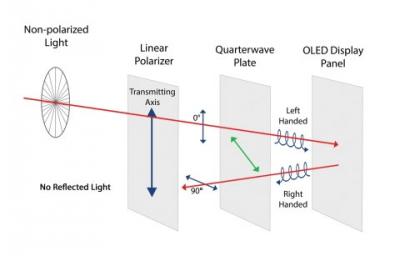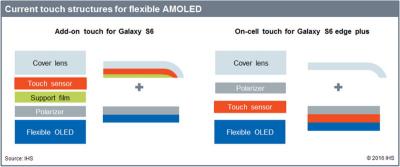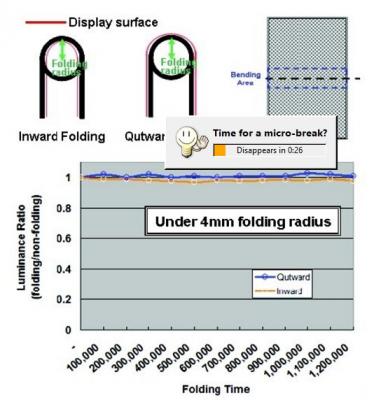Omdia sees 73 million foldable AMOLEDs displays shipped in 2025
Omdia says that the global foldable OLED display market will grow from 700,000 units to 3.9 million in 2020 (a 5X increase) - and will continue its fast growth to reach 73.1 million in 2025.
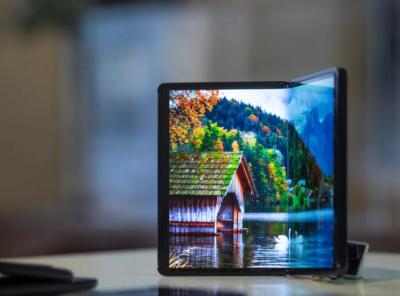
Omdia says that the main challenge of the foldable OLED market is the reliability of the displays - mainly the cover, the touch sensor and the polarizer films. Display makers will need to adopt new technologies such as ultrathin glass covers (UTG), touch sensors on TFE and color filters on TFE


